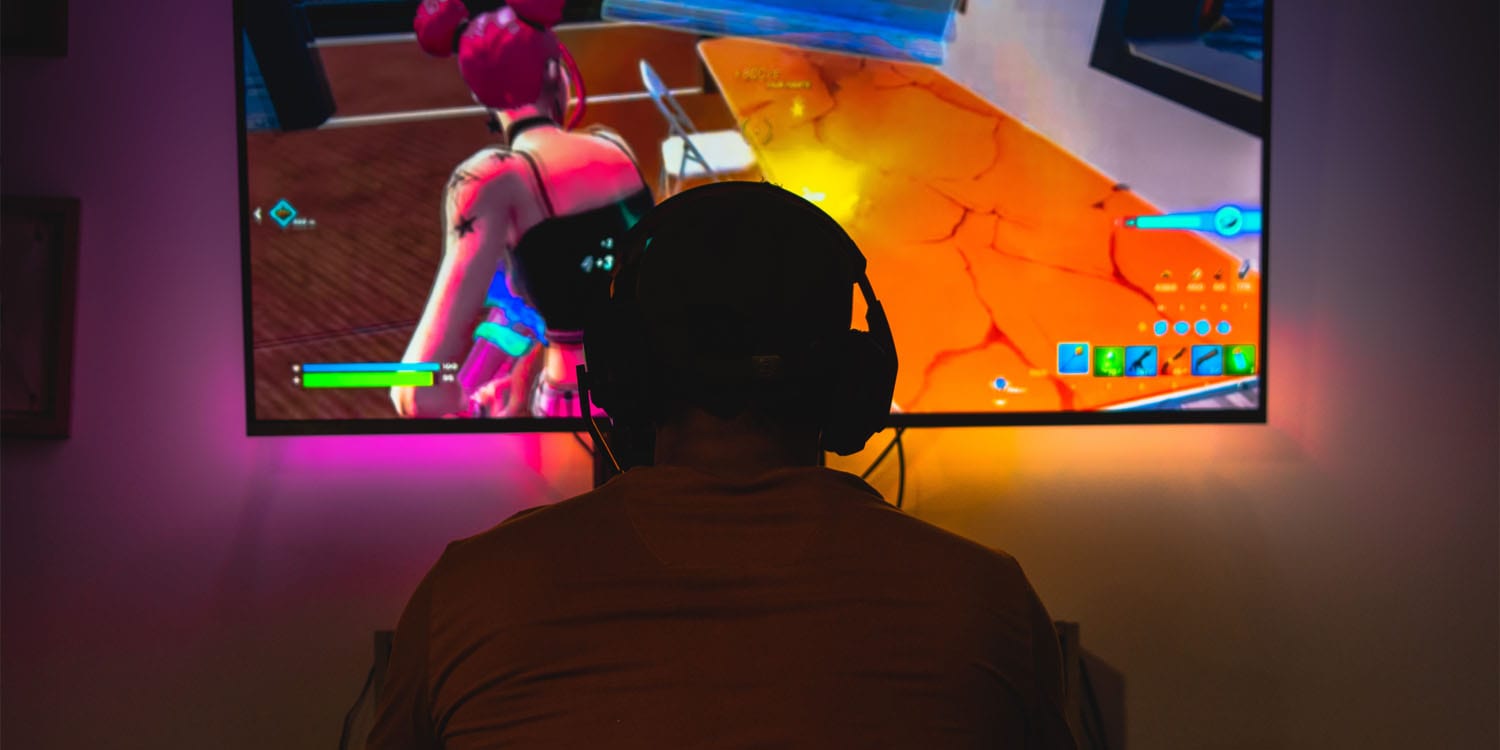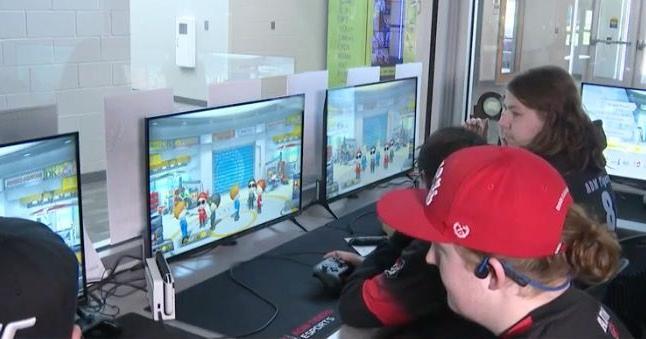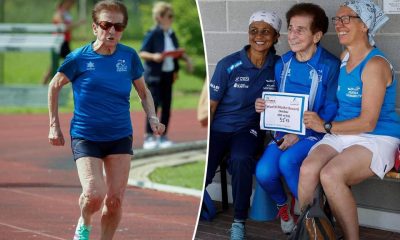A recent study investigating how different types of dedicated gamers pay attention to gaming-related images found distinct patterns among those considered high-risk for gaming problems. High-risk gamers spent more time looking at gaming images, fixated on them longer initially, and shifted their gaze less often compared to competitive esports gamers and casual gamers, even though esports gamers reported similar high levels of playtime. The research, published in the journal Computers in Human Behavior, suggests that eye-tracking technology might help identify gamers potentially vulnerable to problematic gaming behaviors.
The world of video gaming, including competitive electronic sports (esports), has exploded in popularity. This raises questions about the well-being of individuals who spend many hours gaming. While some studies suggest that esports gamers, who often train for 6-12 hours daily, might be at higher risk for gaming disorders due to their extensive playtime, others view their dedication through the lens of sports psychology, highlighting the intense practice and potential occupational stresses similar to traditional athletes. It remained unclear whether the challenges faced by esports gamers stem more from addictive-like processes or from the pressures of competition and training.
“This study was motivated by our observations of two seemingly similar yet psychologically distinct groups: esports gamers and high-risk gamers,” said study authors Shan-Mei Chang of National Tsing Hua University and Zheng-Hong Guan of National Yang Ming Chiao Tung University.
“While both groups spend comparable amounts of time gaming, esports gamers often view gaming as a structured career, whereas high-risk gamers typically play to escape real-life stressors. We were curious whether this difference in motivation would be reflected in their attentional responses and craving-related behaviors. Eye-tracking technology provided an ideal, objective method to explore this question.”
Previous research has established that individuals with substance addictions often show an attentional bias – meaning they automatically pay more attention to cues related to their addiction (like images of alcohol for someone with alcohol dependence). This bias has also been observed in behavioral addictions like gambling and internet gaming disorder. Scientists believe this heightened attention is linked to craving.
Since both esports gamers and individuals potentially developing problematic gaming habits (high-risk gamers) dedicate significant time to gaming, the researchers wanted to explore if their patterns of attention towards gaming cues differed. They hypothesized that high-risk gamers might show attentional bias driven by craving, possibly linked to using games as an escape, while esports gamers, viewing gaming as a career or structured practice, might not exhibit the same bias despite their long hours. Using eye-tracking technology provides an objective way to measure these subtle attention patterns, which might not be captured accurately by self-report questionnaires alone.
To investigate these differences, the researchers recruited 47 male participants between the ages of 15 and 19, all experienced in playing Multiplayer Online Battle Arena (MOBA) games like League of Legends or Arena of Valor. These participants were carefully categorized into three distinct groups.
Seventeen were designated as esports gamers, identified from a high school esports program where they had received over a year of formal training and competed in tournaments. Fourteen were classified as casual gamers, who played for fun and did not show signs of problematic gaming based on a screening questionnaire. The remaining sixteen were categorized as high-risk gamers, selected because their scores on the Internet Gaming Disorder Test met the threshold indicating potential problematic gaming patterns.
Each participant underwent an eye-tracking experiment. They sat comfortably with their head stabilized by a chin rest, looking at a computer monitor. An advanced eye-tracking device (EyeLink 1000) precisely recorded their eye movements. Participants were shown pairs of images side-by-side for two seconds at a time. In the key trials (56 stimulus conditions), one image was related to MOBA games (stimulus image), and the other was a neutral image matched for visual properties like brightness and size.
To prevent participants from guessing the study’s purpose, there were also 56 control trials where two neutral images were paired together. Researchers measured three main aspects of their eye movements: total viewing time (the total duration participants spent looking at each specific image area), first fixation duration (how long their very first gaze lingered on an image area after looking at it), and saccade count (the number of rapid eye movements, or jumps, between the two image areas on the screen).
In addition to the eye-tracking task, all participants completed several questionnaires assessing their weekly and weekend gaming time, impulsivity levels, symptoms of problematic internet use, depression symptoms, and their ability to control their attention (specifically focusing and shifting attention).
The analysis of the eye-tracking data revealed significant differences between the groups. When looking at the pairs containing a game-related image and a neutral image, the high-risk gamer group spent more total viewing time looking at the game-related images compared to the neutral images. Neither the esports gamer group nor the casual gamer group showed this difference; their viewing time was similar for both types of images. Furthermore, high-risk gamers spent more total viewing time on the game-related images than both esports gamers and casual gamers did.
Regarding first fixation duration, the high-risk gamer group generally had longer first fixations on the images (combining both game-related and neutral) compared to both the esports gamers and casual gamers. This suggests their initial gaze tended to linger longer before moving on. In terms of eye movements between images, the high-risk gamer group exhibited fewer saccade counts compared to the other two groups. This pattern indicates they shifted their attention back and forth between the paired images less frequently, potentially suggesting difficulty disengaging from an image once they looked at it or a slower pace of visual exploration.
“We expected that esports gamers, given their extensive gaming involvement, might also show attentional biases,” Chang and Guan told PsyPost. “However, their eye-movement patterns were more similar to those of casual gamers, suggesting their high gaming time is not driven by compulsive cravings.”
The self-report questionnaires added another layer to the findings. While esports gamers and high-risk gamers reported spending similar amounts of time gaming per week and on weekends (both significantly more than casual gamers), their psychological profiles differed. High-risk gamers reported significantly higher levels of impulsivity and more symptoms of problematic internet use compared to both esports gamers and casual gamers.
“A major takeaway is that gaming duration alone is not a reliable indicator of addiction risk,” the researchers explained. “Although esports gamers and high-risk gamers report similar gaming hours, only high-risk gamers showed significant attentional bias and impulsivity traits. This suggests that eye-tracking measures may reveal early risk factors missed by self-report tools, such as total viewing time. Our findings caution against diagnosing gaming disorder based solely on time spent gaming.”
The researchers noted some limitations to their study. The high-risk group was identified using a questionnaire score, not a formal clinical diagnosis by a psychiatrist. The study focused exclusively on MOBA games, so the findings might not apply to players of other game genres. The sample size, while statistically adequate according to their calculations, was relatively small and only included males. Future research could address these points by using clinically diagnosed participants, including gamers who play different types of games, and recruiting larger and more diverse samples.
“We aim to develop a diagnostic framework that integrates eye-tracking with psychometric assessments for early identification of high-risk gaming behaviors,” Chang and Guan added. “Such tools could also support interventions such as cognitive-behavioral therapy or mindfulness-based training. Identical behaviors (e.g., long gaming sessions) may stem from different psychological drivers. By shifting focus from ‘ow much they play’ to ‘why they play,’ we can more effectively understand and support at-risk youth in digital environments.”
The study, “Craving and attentional bias in gaming: Comparing esports, casual, and high-risk gamers using eye-tracking,” was authored by Shan-Mei Chang, Dai-Yi Wang, and Zheng-Hong Guan.


































































